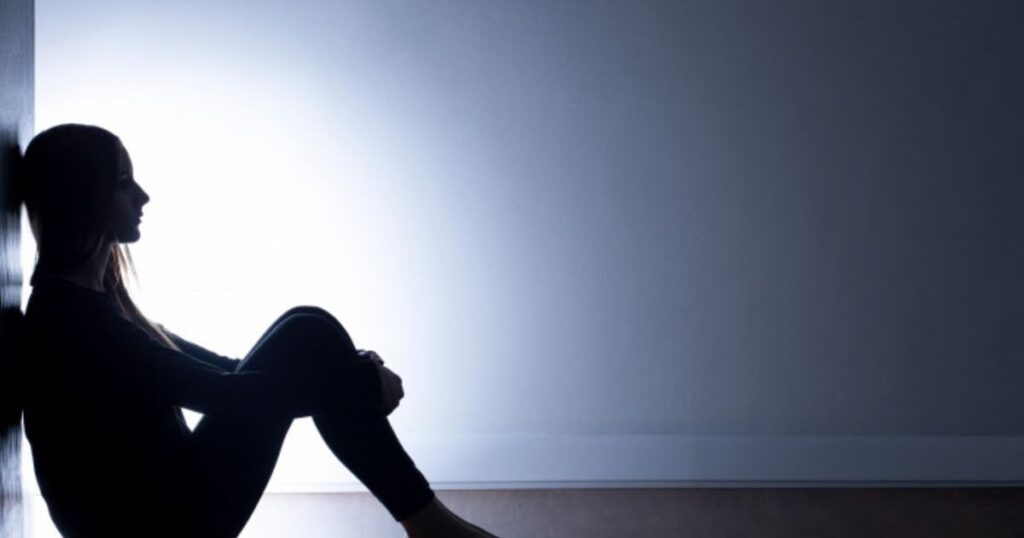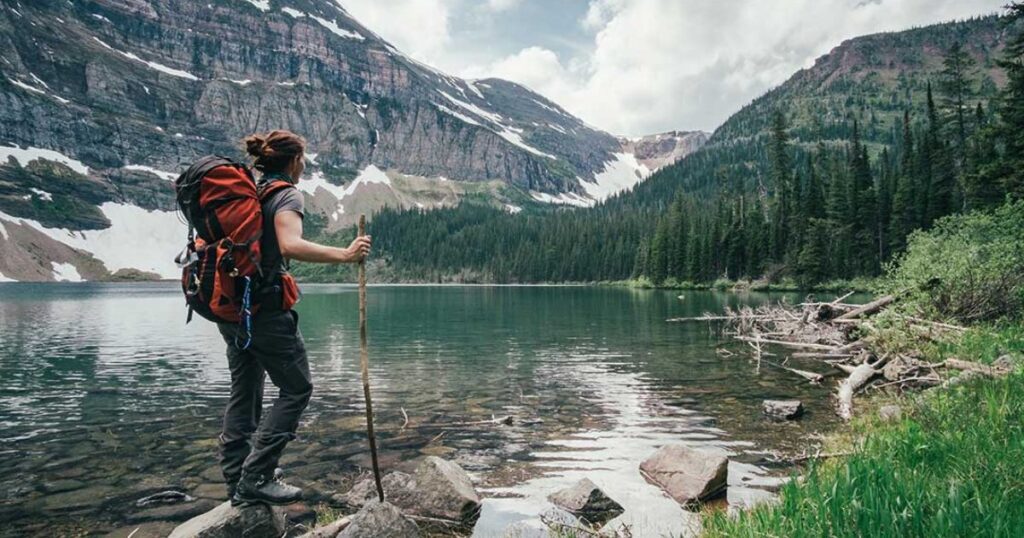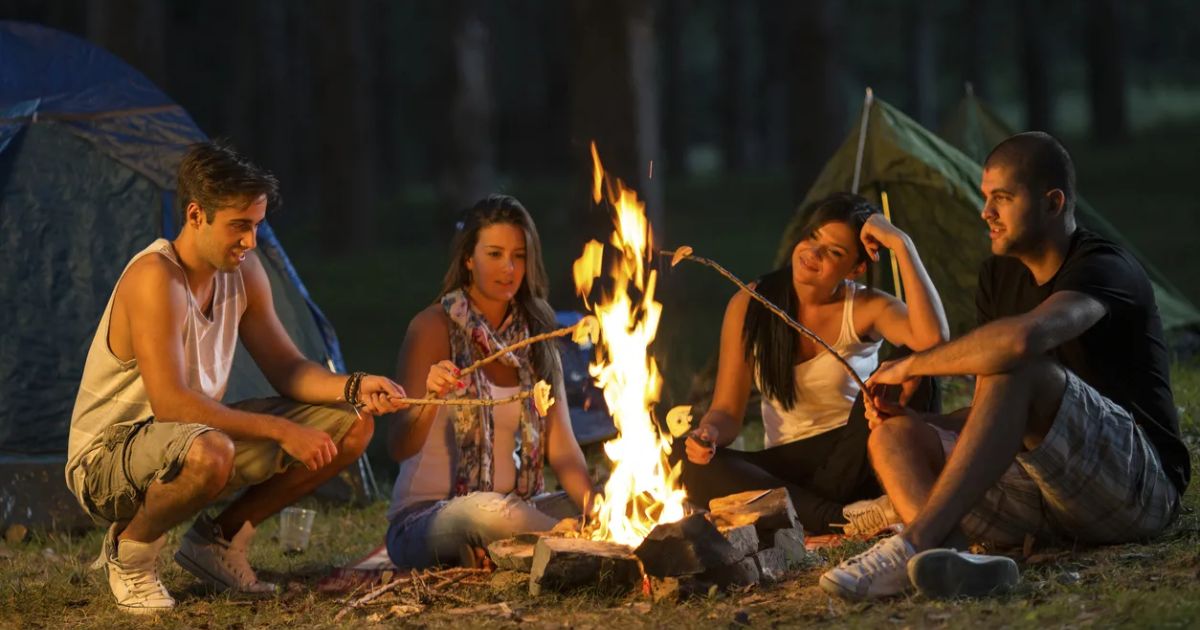Bluefire Wilderness is a place where young people go to get help with their problems. Sometimes, people who go there and their families can have disagreements or problems. When these problems cannot be solved between them, they might take them to a court.
BlueFire Wilderness Therapy is a program designed to help young people facing challenges like emotional struggles or behavioral issues. Sometimes, there are disagreements or concerns between families and BlueFire Wilderness Therapy. When these disagreements cannot be resolved privately, they may end up in court. This is known as a lawsuit
In this article, we will explore the court case involving BlueFire Wilderness Therapy and the broader implications for the troubled teen industry. We’ll delve into the effectiveness of wilderness therapy programs and the ethical considerations surrounding their treatment of troubled adolescents.
What is BlueFire Wilderness Therapy?
BlueFire Wilderness Therapy is a unique program designed to assist troubled teens in overcoming their challenges. Nestled in the heart of nature, BlueFire provides a therapeutic environment where adolescents can disconnect from their everyday lives and focus on personal growth.
Led by experienced professionals, the program offers a variety of activities, such as hiking and camping, alongside traditional therapy sessions. Through these experiences, teens learn essential skills to cope with their emotions and develop resilience.
Why is BlueFire in Court?

In the year 2024, BlueFire Wilderness Therapy finds itself in a legal battle due to allegations from some families who feel dissatisfied with the program’s outcomes. These families claim that BlueFire failed to fulfill its promises and may have even exacerbated their teens’ issues.
Consequently, they have taken their grievances to court, seeking resolution and accountability. In court, both sides will present their arguments, and a judge will ultimately determine the validity of the claims and decide on the appropriate course of action.
How Does Wilderness Therapy Work?
Wilderness therapy, such as the program offered by BlueFire, operates on the belief that nature has a profound healing effect on individuals. Away from the distractions and pressures of everyday life, teens immerse themselves in outdoor activities while receiving therapeutic support.
These activities could range from group hikes to survival skills training, all aimed at fostering personal growth and self-discovery. In addition to outdoor adventures, teens engage in one-on-one therapy sessions and group discussions, where they explore their emotions and develop coping strategies in a safe and supportive environment.
Read this blog: Try Hard Guides Wordle Solver Tool: A Comprehensive Guide
Alternative Therapeutic Interventions

There are different kinds of therapy that can help people feel better. BlueFire offers some of these therapies to teens:
Art Therapy: Teens can express themselves through art, like drawing or painting. It can help them understand their feelings better.
Music Therapy: Listening to or making music can help teens relax and express themselves.
Equine Therapy (Horse Therapy): Being around horses can help teens build trust and confidence.
Cognitive-Behavioral Therapy (CBT): This therapy helps teens change negative thoughts and behaviors.
Drama Therapy: Acting out scenes can help teens work through their problems in a fun way.
Adventure Therapy: Doing outdoor activities can help teens learn new skills and gain confidence.
Mindfulness and Meditation: Learning to focus on the present moment can help teens feel calmer.
Yoga Therapy: Yoga helps teens relax and connect their body and mind.
Animal-Assisted Therapy: Being around animals, like dogs, can help teens feel supported and loved.
What’s Up With the Troubled Teen Industry?

The troubled teen industry encompasses a range of programs and facilities aimed at assisting adolescents facing behavioral and emotional challenges. While many of these programs strive to provide support and guidance, concerns have been raised about the safety and effectiveness of some facilities.
Critics argue that the lack of regulation and oversight in the industry has led to instances of abuse and neglect, prompting calls for greater scrutiny and accountability. Additionally, questions have been raised about the use of coercive tactics and the long-term impact of these interventions on teens’ well-being.
As such, there is ongoing debate about the ethics and practices within the troubled teen industry and the need for reforms to ensure the safety and welfare of vulnerable youth.
What Went Wrong at BlueFire?
At BlueFire Wilderness Therapy, some families have expressed dissatisfaction with the program’s outcomes, alleging that it did not meet their expectations or provide the promised benefits for their teens.
Concerns have been raised about the effectiveness of the therapeutic interventions offered, as well as the overall approach to addressing teens’ needs. Additionally, there have been allegations of misconduct or negligence on the part of staff members, further complicating the situation.
These issues have culminated in a legal dispute, with families seeking accountability and restitution for perceived shortcomings. As the case unfolds, it raises important questions about the responsibilities of wilderness therapy programs and the importance of transparency and accountability in providing support for troubled teens.
Read this Blog: Rena Monrovia When You Transport Something By Car …
The Court Case: What’s Being Said?
In the court case involving BlueFire Wilderness Therapy, both sides are presenting their arguments and evidence to support their claims. Families who are dissatisfied with the program are sharing their experiences and concerns about the treatment their teens received.
They may provide testimonies and documentation to illustrate their grievances and the impact it has had on their families. On the other hand, representatives from BlueFire are defending the program, highlighting its successes and emphasizing the positive outcomes experienced by other participants.
They may also present evidence to refute the allegations made against the program and demonstrate its commitment to providing quality care. As the proceedings unfold, the judge will carefully consider all the information presented before making a decision.
How People Feel and What They’re Saying
The court case involving BlueFire Wilderness Therapy has elicited a range of emotions and opinions from various stakeholders. Families directly impacted by the program’s outcomes may feel a mix of frustration, disappointment, and hope for resolution.
They may express their concerns publicly, seeking validation for their experiences and advocating for change within the troubled teen industry. Additionally, individuals who have had positive experiences with BlueFire or similar programs may offer support and defend their effectiveness.
Meanwhile, the broader community may weigh in on the case, expressing concerns about the regulation of wilderness therapy programs and the need for greater accountability. Overall, the case has sparked important conversations about the welfare of troubled teens and the responsibilities of therapeutic programs in providing safe and effective treatment.
Looking at Right and Wrong in Wilderness Therapy

The court case involving BlueFire Wilderness Therapy prompts a deeper examination of the ethics and practices within the wilderness therapy industry. While these programs aim to help troubled teens, questions arise about whether they always operate ethically and responsibly.
Critics argue that coercive tactics or inadequate oversight may lead to harm rather than healing for vulnerable youth. Conversely, proponents of wilderness therapy highlight its potential benefits, emphasizing the transformative power of nature and therapeutic interventions.
As the case unfolds, it underscores the importance of ensuring that wilderness therapy programs adhere to ethical standards and prioritize the well-being of participants above all else.
Also read this: Understanding and Resolving the “errordomain=nscocoaerrordomain&errormessage=could not find the specified shortcut.&errorcode=4” Error
What’s Next for Places Like BlueFire?
Regardless of the outcome of the court case, the scrutiny surrounding BlueFire Wilderness Therapy and similar programs may prompt changes and reforms within the industry. Increased transparency and accountability measures may be implemented to address concerns raised by families and advocates.
Additionally, there may be a greater emphasis on evidence-based practices and therapeutic interventions to ensure that participants receive effective treatment. Ultimately, the goal is to create a safer and more supportive environment for troubled teens to heal and thrive.
As discussions continue and lessons are learned from this case, the hope is that wilderness therapy programs will evolve to better meet the needs of the adolescents they serve.
FAQ’s
Are wilderness therapy programs covered by insurance?
Coverage for wilderness therapy programs varies depending on the individual’s insurance plan and provider. Some insurance companies may offer partial or full coverage, while others may not cover these programs at all. It’s essential to check with your insurance provider to understand your coverage options.
What qualifications do staff members at wilderness therapy programs have?
Staff members at wilderness therapy programs typically have a combination of education, training, and experience in fields such as psychology, counseling, outdoor education, and wilderness survival. They may hold certifications in areas such as first aid, CPR, and wilderness medicine to ensure the safety and well-being of participants.
How long do wilderness therapy programs last?
Wilderness therapy programs can vary in duration, ranging from a few weeks to several months. The length of the program often depends on the individual’s needs and progress, as well as the program’s specific structure and goals
Conclusion
The court case involving BlueFire Wilderness Therapy serves as a poignant reminder of the complexities inherent in the treatment of troubled teens. While wilderness therapy programs offer a promising avenue for healing and growth, they also raise important questions about accountability, ethics, and long-term efficacy.










